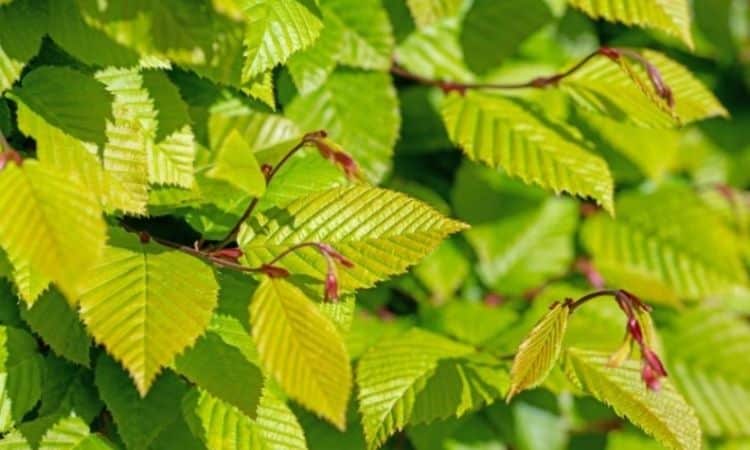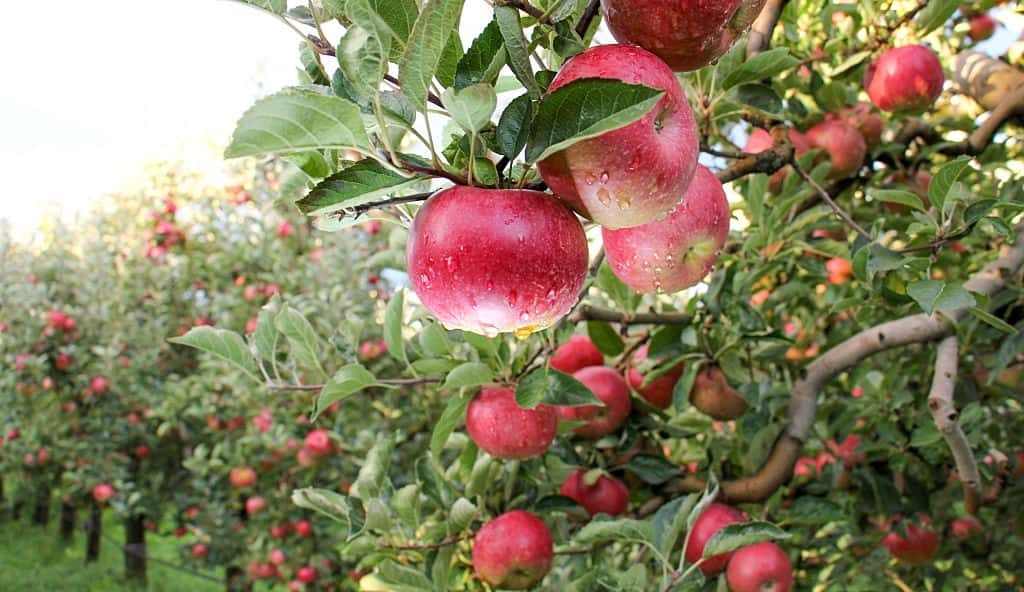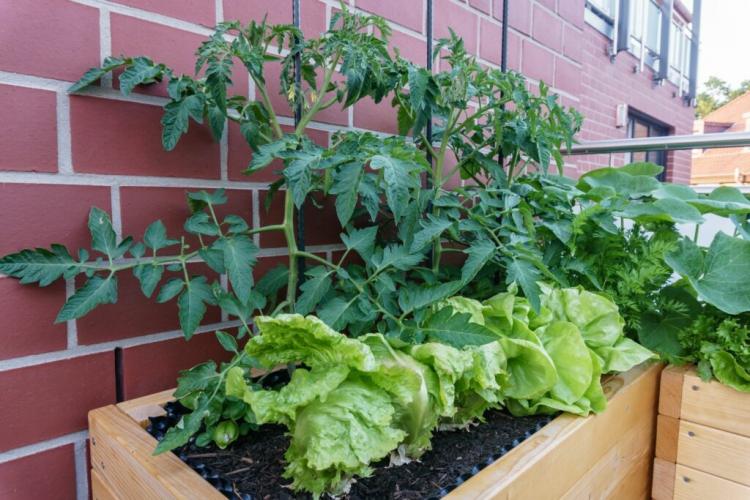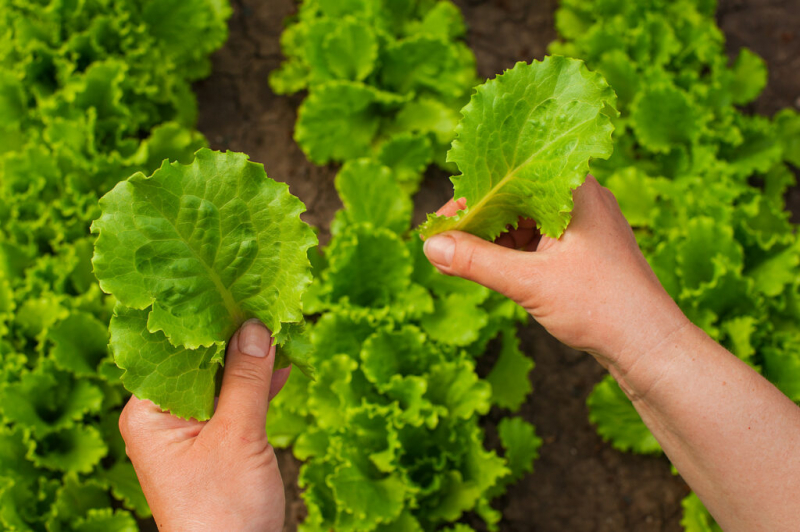Fertilize Carpinus Betulus Hedge: Tips On Timing Fertilizer Selection The Hornbeam
Even though hornbeams are very robust, they are happy to be fertilized from time to time. We show what you should consider when fertilizing hornbeam hedges. Hornbeams (Carpinus betulus) have stems and leaves like beeches and look like them – almost. Because hornbeams are actually not beeches at all. They belong to the birch family (Betulaceae) and are only falsely called beeches (Fagus) because of their similarity.
As native plants, hornbeams are optimally adapted to our Central European climate. This simplifies the care immensely. In nature, the trees prefer particularly nutrient-rich soils. A good prerequisite for a healthy hornbeam hedge is therefore deep garden soil. If you do not have this, you should enrich the soil with mature compost or a primarily organic slow-release fertilizer before planting.
Fertilizing hornbeam hedges: The right time
Table of Contents
Hornbeams actually only need fertilizer when they are young, or when they show deficiency symptoms and growth disturbances. Starter fertilizer for planting is highly recommended. In principle, however, fertilization should only be applied in spring shortly after the new shoot. Fertilization later in the year can lead to frost damage in the following winter.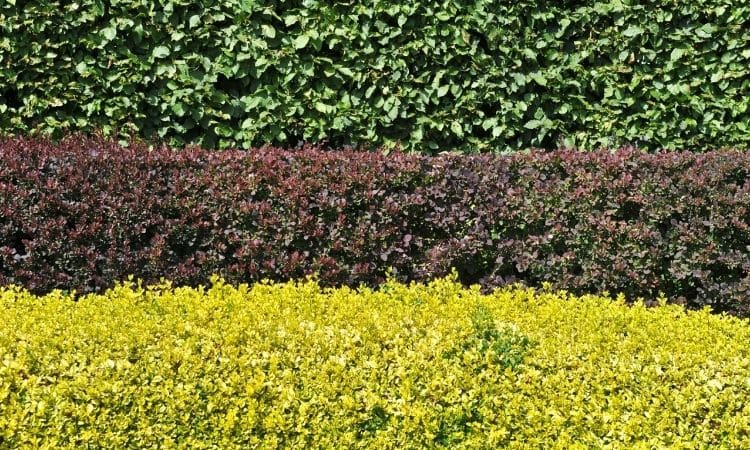
Various types of fertilizer
A distinction is made between organic fertilizers of animal or plant origin (horn shavings*, cow dung, organic waste, etc.) and inorganic fertilizers. Both forms are available as solid fertilizer or liquid fertilizer*, as fast-acting or long-acting. With organic fertilizers, the fertilizing elements are bound to carbon. In contrast, inorganic fertilizers contain these elements in the form of salts and are therefore also called mineral fertilizers*. These are mostly developed by chemical processes and produced synthetically.
Of course, every type of fertilizer – whether organic or inorganic – has its advantages and disadvantages. A very clear advantage of organic fertilizers is their environmental friendliness. Restoring the natural fertility of the soil to support all plant growth is done biologically, for example by sweeping fallen leaves together during lawn care and throwing them under the hedge where they can compost.
A small disadvantage is an unpleasant smell. With inorganic fertilizers, the advantages are the high concentration of nutrients and the quick application, as there is no need to wait for the decomposition process. However, inorganic fertilizer is harmful to health as soon as it enters the groundwater.
What should hornbeam hedges be fertilized with?
Hornbeams are considered to be extremely robust. Fertilization should therefore be applied sparingly. As a rule, it is sufficient to fertilize only younger plants. With older specimens, this is usually unnecessary. With their heart-shaped root system, the plants can penetrate deep into the soil and collect nutrients. They are helped by various native mycorrhiza fungi with which they live in symbiosis.
The best fertilizer for hornbeam hedges is their own leaves. They have very easily decomposable leaves, which become excellent hummus. Leave the leaves under the plants for the benefit of the hedge. As a result, you will get good hummus with valuable nutrients, improved soil fertility, and conditions for mycorrhizal fungi. If the soil is not very good or your plants show deficiency symptoms such as pale leaves, you can supplement with various mainly organic fertilizers.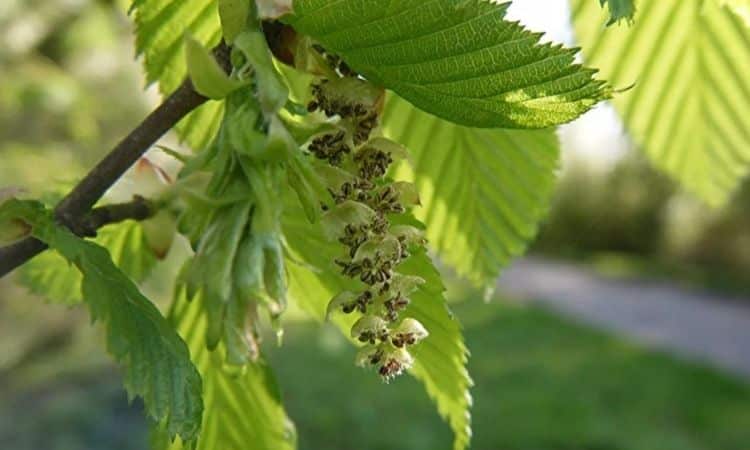
Hornbeam hedges should be fertilized mainly with organic fertilizers: Recommendation for application
Organic fertilizers not only bring nutrients into the soil but also promote soil fertility and soil activity. However, you do not have to overdo it.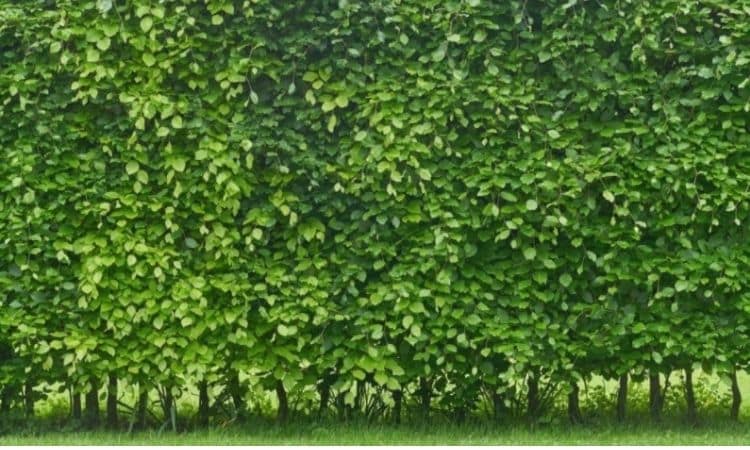
Mineral fertilizer for hornbeam hedges
Mineral fertilization is not recommended for hornbeams. The plants belong to the less demanding plants, which can also cope with little. Too much fertilizer causes more damage than a deficiency. To be on the safe side, you should therefore use mainly organic fertilizers to avoid overfertilization. Mineral fertilizers are more readily available to plants, which makes overfertilization more likely. If you still want to use a mineral fertilizer, you should decide on a depot fertilizer.
Fertilizing hornbeam hedges with household remedies
To fertilize hedges with household remedies is rather costly since household remedies usually occur on a smaller scale. It is therefore better to use organic materials such as compost or manure in smaller quantities. But the best fertilizer is the plants’ own leaves. It contains what is necessary for the formation of new leaves.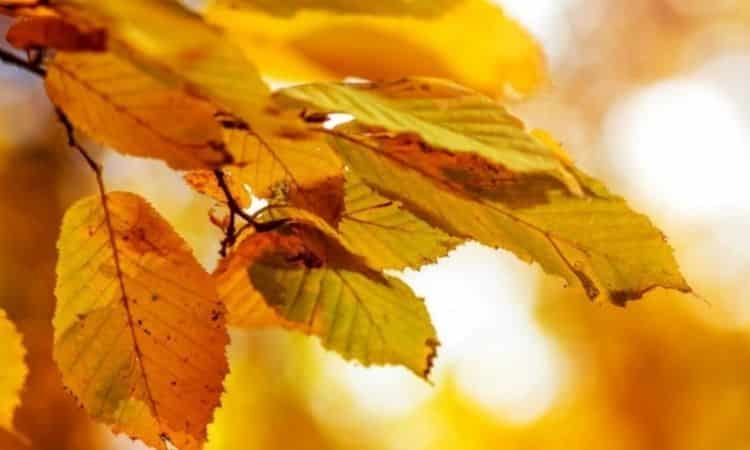
Hornbeam hedges fertilize at a glance:
- Hornbeams are excellently adapted to domestic conditions.
- Optimal conditions offer deep, good garden soil.
- If necessary, improve the soil with compost or some manure before planting.
- Fertilization only in young years in spring shortly after new shoots.
- Soil fertility and humus formation can be promoted by mainly organic fertilizers.
- If fallen leaves are left lying around, the nutrients can be recycled.
